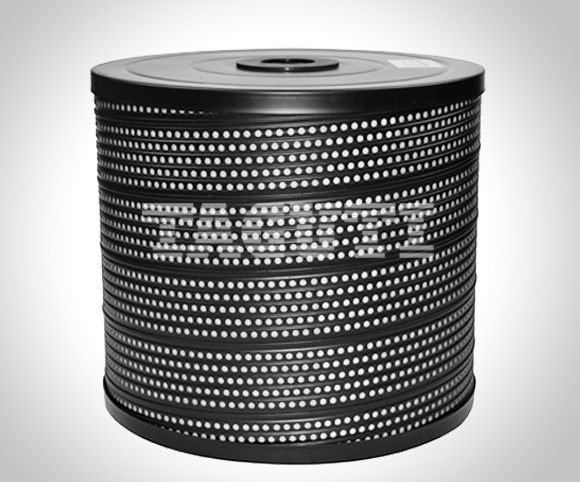Micro Electro-Discharge Machining (micro-EDM Filters) is a material removal process employing discharges between a workpiece and a microscale electrode that are submerged in dielectric fluid. Discharges occur when the electric field between the electrode and workpiece exceeds a critical value and the dielectric breaks down. Either increasing the electric potential or reducing the separation distance between the electrode and workpiece may cause the field to exceed the critical value. Charging and discharging the capacitor in a RC circuit governs the potential difference, while electronics control the separation distance by monitoring feedrate and short circuits. Energy from each discharge melts a microscopic amount of material, which is subsequently washed away after the voltage drops and the discharge collapses.
frequently-used Sodick EDM Filters recommend
The literature describes significant contributions to micro-EDM going back 40 years. In 1968, Kurafuji and Masuzawa (1968) created a . 6-兪m hole in 50 兪m thick carbide. Through the years, micro-EDM developed into a versatile tool for fabricating a variety of micro mechanical components as shown by Masuzawa and Tonshoff (1997) and Morgan (2004). Other recent examples include Kuo and Huang (2004), who used micro-EDM to fabricate channels in tungsten carbide to produce a micro mould for plastic injection moulding. Meeusen et al. (2003) and Michel et al. (2000) used micro-EDM to fabricate micro sensors and micro pumps. Allen and Lecheheb (1991) and Masuzawa et al. (1994) fabricated micro nozzles, and Ansel et al. (2002) fabricated micrometer-scale gripping tools for assembling micro devices. Micro-EDM is also suitable for producing micro structures in hard tooling materials such as tungsten carbide, as shown recently by Yan et al. (1999).
Micro-EDM is suitable for these and similar applications because its low discharge energy generates smooth surfaces while its negligible forces prevent fragile workpieces from breaking. Micro-EDM does face two significant challenges: high electrode wear
and low Material Removal Rate (MRR). Electrode wear, which results from each discharge removing some material from the electrode, degrades the geometric accuracy of machined features. However, this effect can be minimised when making micro pockets with the Uniform Wear Method, presented by Yu et al. (1998a,b) and Pham et al. (2004), but this method further compromises the MRR.
These issues have made industrial acceptance of micro-EDM slow, but new advances in micro-cutting and micro-grinding provide complementary technologies that can improve the accuracy and increase MRR. Egashira and Mizutani (2002) and Fleischer et al. (2004) demonstrated that micro-cutting tools can be used to fabricate micro-geometries in soft, ductile materials such as aluminium and brass. Wada et al.Micro-machining and micro-grinding with tools fabricated by micro-EDM 3 (2002) and Morgan et al. (2004) showed that micro-grinding tools made by micro-EDM Filters can fabricate micro-geometries in hard and brittle materials such as tungsten carbide and glass.
This paper describes the state-of-the-art in using micro-EDM to make micro tools for mechanical cutting and grinding, and it demonstrates their application in a wide range of conductive and non-conductive materials. Section 2 describes the method to fabricate micro-tools, and several examples are presented to illustrate possible tool geometries. Section 3 presents manufacturing techniques for the fabrication of micro features in conductive materials by micro-EDM, micro-cutting and micro-grinding. Section 4
demonstrates techniques for grinding micro-geometries in non-conductive brittle materials with several examples. Section 5 presents an experimental technique used to optimise process parameters such as depth-of-cut and feedrate. Finally, Section 6 presents the conclusion.EDM Filters

